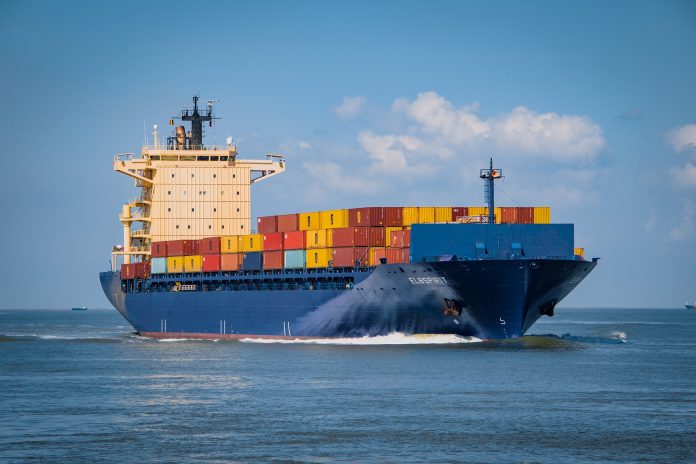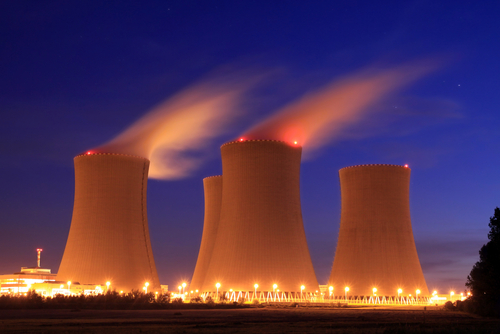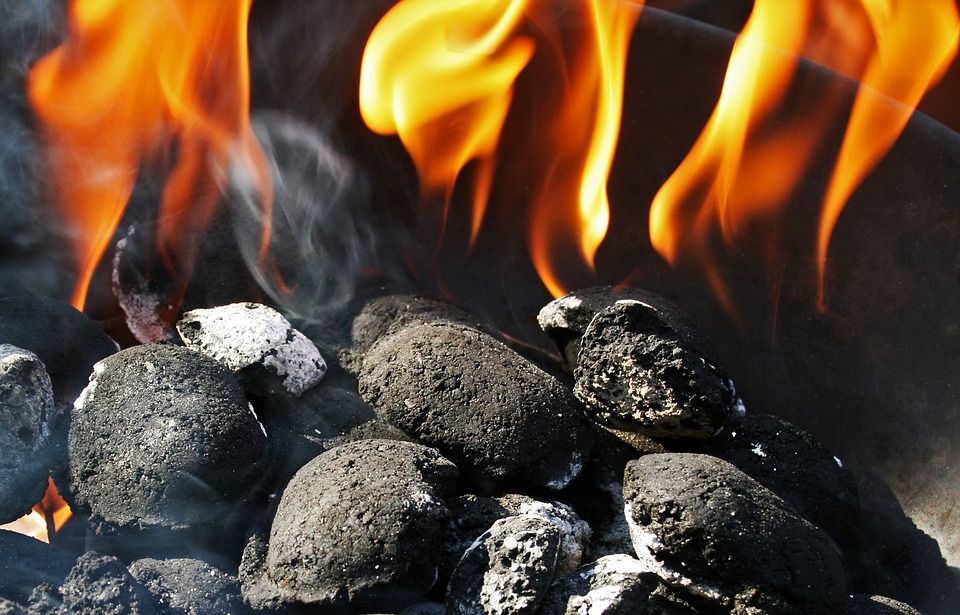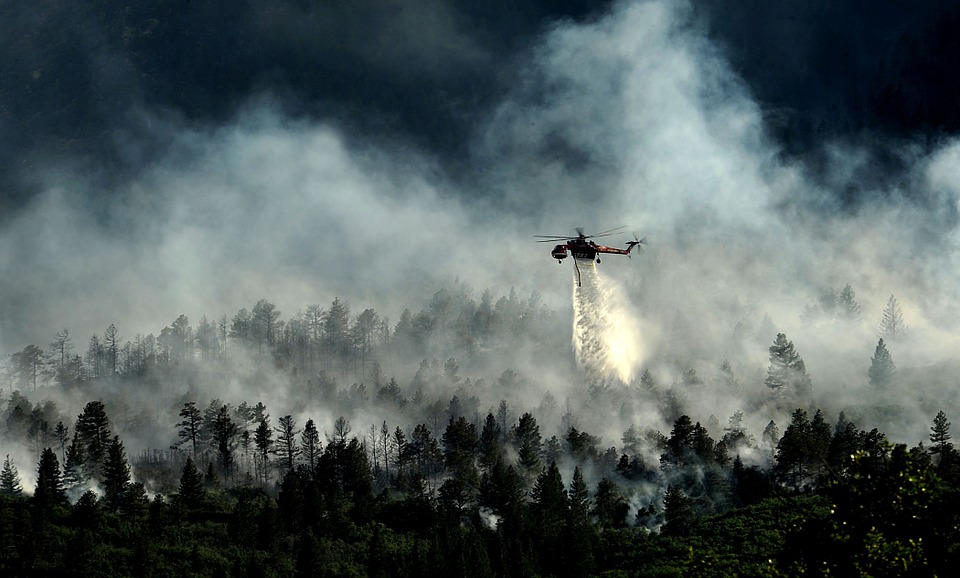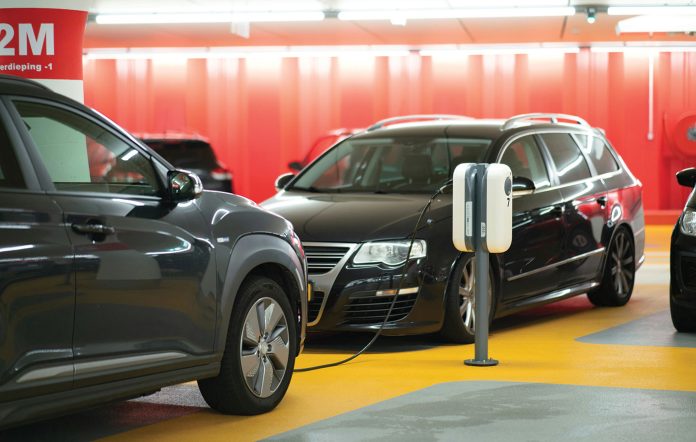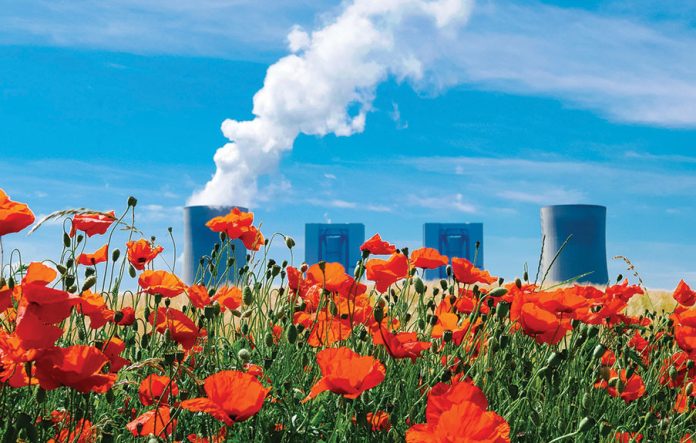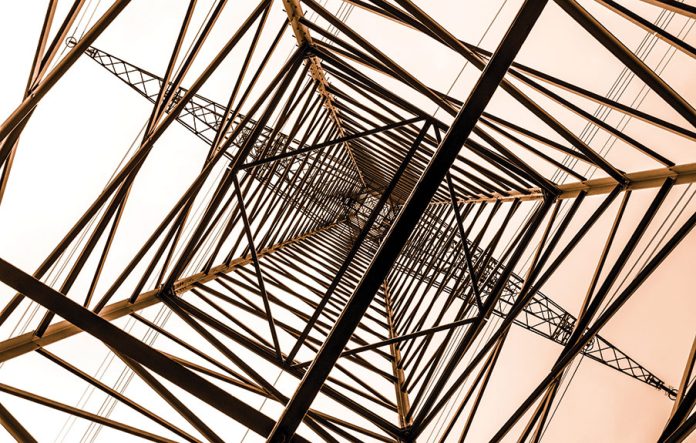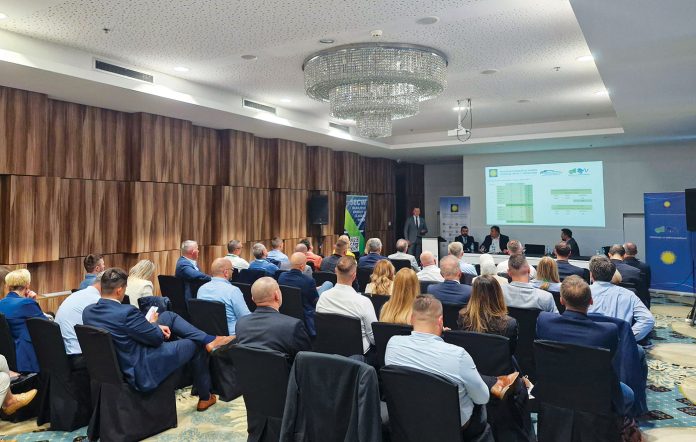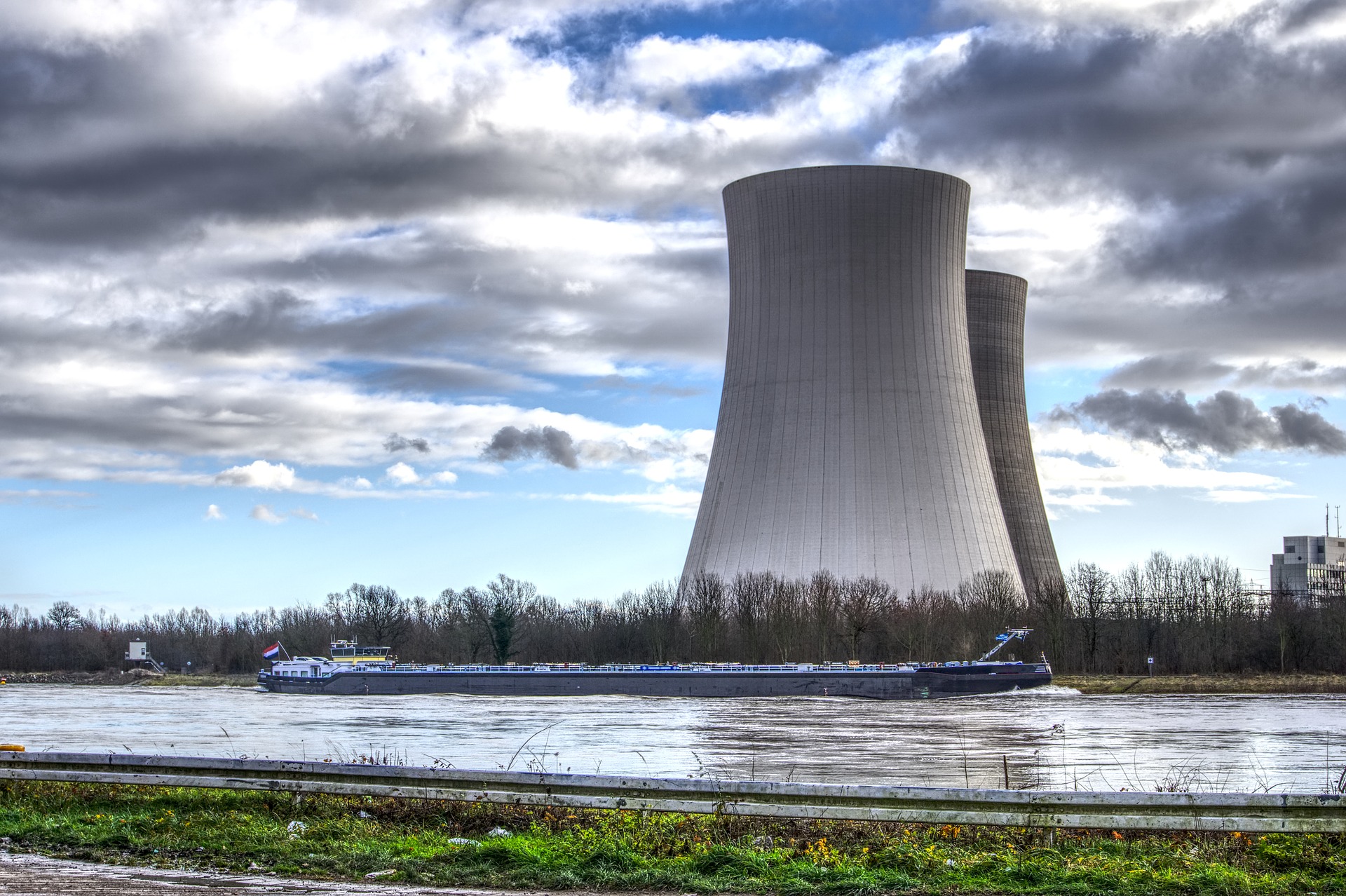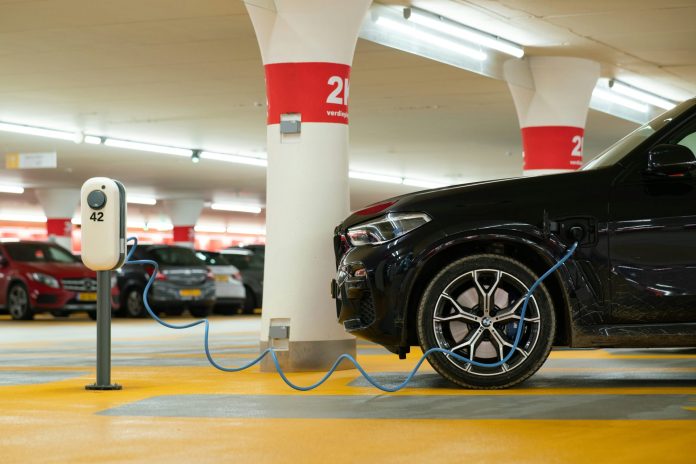For centuries, ships have played a key role in connecting different parts of the world through trade, the economy, energy, and tourism. Although they remain indispensable in many aspects of global life, there is one crucial challenge that must be addressed to ensure a sustainable future: as major polluters of seas, oceans, and the atmosphere, ships must transition to cleaner technologies.
The urgency of this transition is underscored by the fact that some organizations are already recognizing these challenges and working to solve them. The European Maritime Safety Agency (EMSA) is conducting studies on alternative fuels and energy solutions for shipping to support the sector in transitioning toward sustainable solutions. Previous reports have covered biofuels, ammonia, hydrogen, synthetic fuels, and other options. The latest report, titled “Potential Use of Nuclear Power for Shipping”, published at the end of 2024, focuses on nuclear energy as a potential solution for decarbonizing the maritime sector.
Until now, nuclear energy has primarily been used for military purposes and powering icebreakers in the Arctic. However, as noted in the report, it is now recognized as a sustainable energy source that can contribute to achieving the European Union’s zero-emission goals.
To enable the broader use of nuclear reactors on commercial ships, efforts must be directed toward developing appropriate technology. Key challenges requiring attention include the availability and cost of fissile material used as fuel in nuclear reactors. Fissile materials, such as uranium and plutonium, can undergo fission reactions and release large amounts of energy, making them essential for powering nuclear reactors. The report explains that reactors should be designed to accommodate different types of these materials to ensure a flexible fuel supply and reduce potential supply chain disruptions.
IN FOCUS:
- Technological Breakthrough In the Fight Against Wildfires
- Low Development of E-Mobility in Bosnia and Herzegovina
- Slovenian E-Mobility Solutions Conquering the World
From a sustainability perspective, nuclear propulsion produces virtually no harmful gas emissions, as the process of generating energy through nuclear fission does not require burning fossil fuels. Although emissions are generated during the extraction, processing, and transportation of uranium fuel, they are relatively low. They could be even lower in the future if renewable energy sources are integrated into these processes.
While the initial investment in nuclear-powered ships may be higher, long-term costs could be reduced due to longer intervals between refueling and the expected rise in oil prices.
With technological advancements, initial capital costs are likely to decrease. Nevertheless, for nuclear propulsion to be widely adopted in commercial shipping, a comprehensive regulatory reform is needed to ensure the safe and responsible use of nuclear energy in maritime transport.
The report also highlights critical challenges such as radiation leaks, sinking, capsizing, collisions, and fires, as well as the licensing of technology and shipyards. Additionally, external risks have been identified, including hijacking and terrorist attacks. For these reasons, careful risk assessments and continuous improvement of safety measures are of vital importance.
South Korea Leads the Way
To move from theory to practice, we turn to South Korea. In February of this year, the South Korean company HD KSOE unveiled a nuclear-powered ship model in the United States. This impressive cargo vessel can carry 15,000 twenty-foot containers. The ship has already received preliminary approval from the American Bureau of Shipping (ABS) and utilizes advanced Small Modular Reactor (SMR) technology.
Thanks to this technology, space previously occupied by heavy engine equipment has been freed up. Additionally, the ship’s design includes an advanced radiation protection system.
Although there are still many challenges ahead for the development of nuclear propulsion in commercial shipping, this technology already demonstrates significant potential, as confirmed by the example from South Korea.
Prepared by Katarina Vuinac
Read the story in the new issue of the Energy portal Magazine SUSTAINABLE MOBILITY


